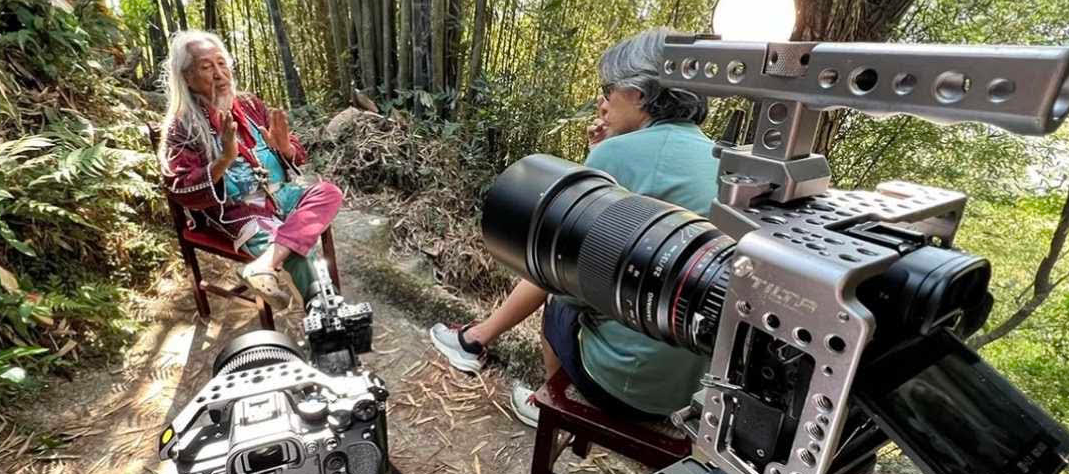Arts & Lifestyle
Art Hubs Rising Across Nation - Gabby Malvar


To continue nurturing the creative industry and make it a formidable sector, regulators are planning to establish hubs to help it flourish and contribute to the country’s economy.
“There’s no need to manage the creatives, but providing a structure or an environment and support so that they can thrive, that’s what the government’s plan is right now,” said filmmaker Pablo Gabriel “Gabby” Malvar, founder, director, and producer of The Extra Mile Productions.
“This means we will be creating hubs, just like Cebu, which is dynamic in making furniture, Baguio for its visual arts, and Laguna for its weaving. Hubs can be cities or municipalities where you encourage creativity,” he said during the online program Straight Talk.
In its third regular meeting last February, the Philippine Creative Industries Development Council (PCIDC), chaired by Department of Trade and Industry (DTI) Secretary Fred Pascual, approved the framework for the PCID Plan.
Pursuant to Section 8 of the PCID Act, the PCIDP serves as the strategic roadmap guiding the objectives set by the law. The development plan sets goals, targets, and strategies to achieve the vision of becoming Asia’s Premier Creative Hub by 2030.
During the meeting, the PCIDC endorsed to President Ferdinand R. Marcos Jr. the nominees for the Council’s private sector representatives in five of the nine Creative Industries domains: Creative Services, Design, Publishing and Printed Media, Performing Arts, and Audiovisual Media, which includes Malvar representing audiovisual media.
“Creating a hub would encourage creativity among creators. From that hub, we can create festivals that can draw creative people, who can then be nurtured to develop their skills and talents to be globally competitive,” Malvar emphasized.
Master classes
Malvar cited the LikhaSanay Masterclass Program for the Philippine Creative Industries as an example. He said this program aims to elevate the country’s digital animation and game development industries.
Started last year, it focuses on digital animation and game development masterclasses, featuring six curated sessions led by industry luminaries. Twenty scholars per masterclass were equipped with the latest tools and techniques.
In collaboration with Thames International, the Animation Council of the Philippines Inc., and the Game Developers Association of the Philippines, the masterclass focuses on refining core competencies in storyboarding, 3D character rigging, high-level organic 3D modeling for digital animation, game engineering, and game design for game development.
Through the LikhaSanay Program, DTI seeks to enhance the competencies of diverse creative sectors, addressing skills gaps and strengthening the global competitiveness of Filipino talents. This supports DTI’s role as chair of the Philippine Creative Industries Development Council, under Republic Act 11904.
“This is just one program in terms of capacity development, and there’s a lot more to do to hone our talents. The DTI and its partners took a year to conceptualize these kinds of programs, showing that the government is working to realize the PCID Plan. There’s much more in the pipeline,” Malvar noted.
Malvar stressed the need for funding support from private and government financial institutions, highlighting the importance of training and upskilling to make creative propositions viable.
“It could be film, food, animation, and so forth. But at the end of the day, finance is viability,” Malvar said.
by Raffy Ayeng, reprinted with permission from the Philippine Daily Tribune


